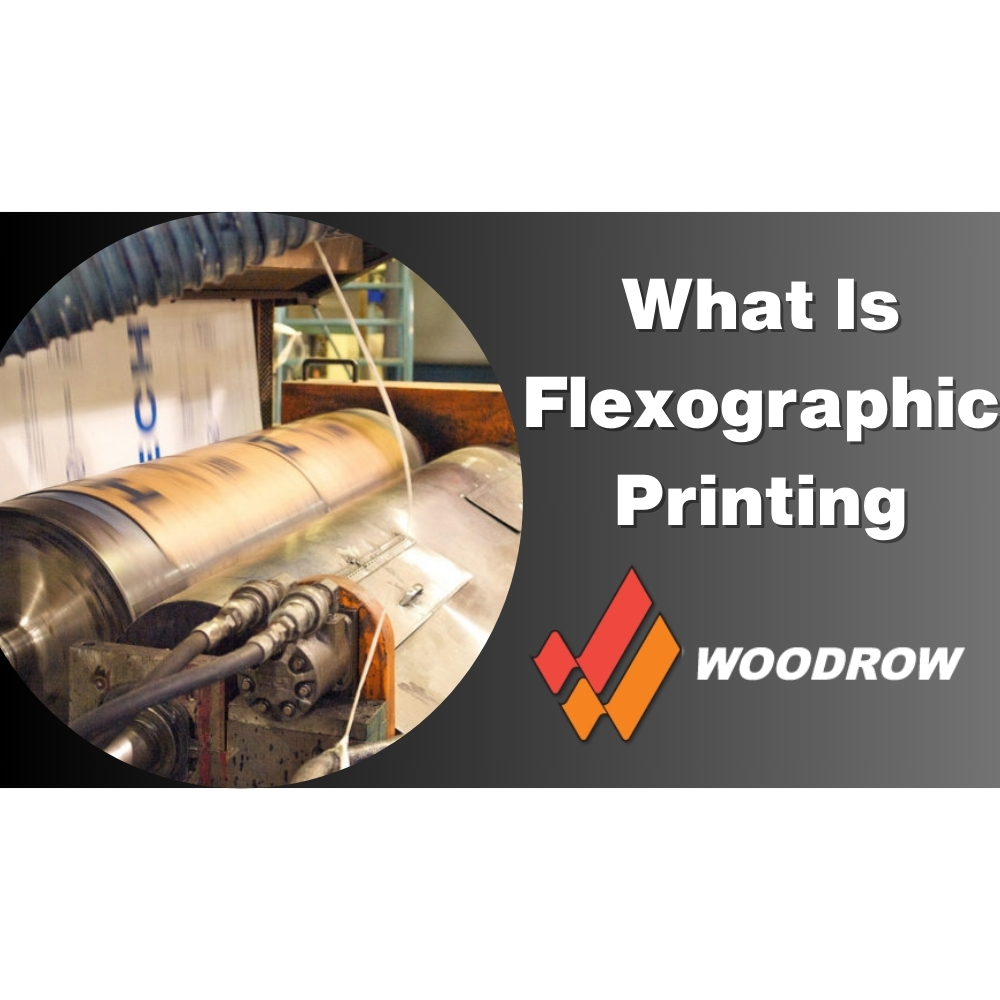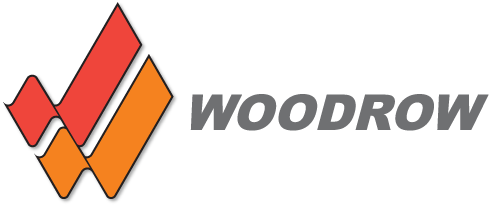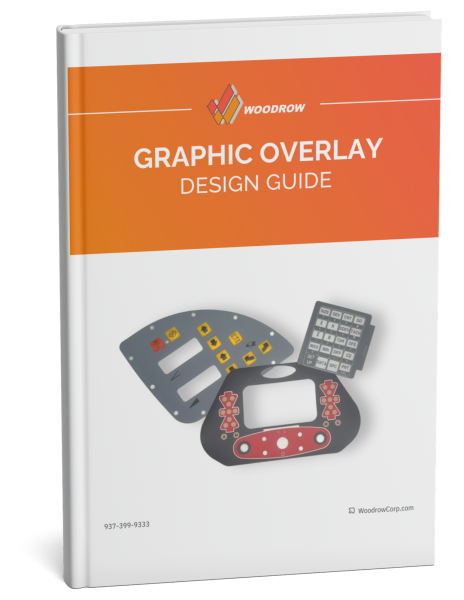
Flexographic printing, often referred to as flexo printing, is a modern printing technique that uses flexible relief plates to transfer ink onto substrates. These substrates include materials like paper, plastic, cardboard, and metallic films. The process is known for its ability to produce high-speed, high-quality prints, making it ideal for large-volume printing jobs.
How Flexographic Printing Works
Flexographic Plate: This is the heart of the process. The flexo plate is made of a flexible material, typically photopolymer, rubber, or a combination of both. The plate is engraved with the desired image or text using laser technology or traditional methods.
Ink System: Flexographic printing uses liquid inks transferred from the ink reservoir to the printing plate. The inks are specially formulated to adhere to various substrates and produce vibrant, durable prints.
Anilox Roller: The anilox roller meets the precise amount of ink onto the printing plate. It has tiny cells engraved on its surface, which control the ink transfer and ensure consistent print quality.
Substrate Feed: The substrate, whether a roll of paper, film, or other material, is fed through the press and meets the inked printing plate. Pressure is applied to transfer the ink onto the substrate, creating the printed image.
Drying System: The ink must be dried quickly after printing to prevent smudging and ensure fast production speeds. Flexographic presses often incorporate drying systems such as UV lamps or hot air dryers.
Advantages of Flexographic Printing
Speed and Efficiency: Flexo presses can operate at high speeds, making them ideal for large production runs and tight deadlines.
Versatility: It can print on various substrates, including non-porous materials like plastics and foils, making it suitable for packaging and labeling industries.
Cost-Effectiveness: Using liquid inks and efficient printing processes makes flexographic printing a cost-effective option for bulk printing jobs.
Print Quality: With technological advancements, flexo printing can achieve high-resolution prints with vibrant colors and sharp details.
Applications of Flexographic Printing
Flexographic printing finds extensive use in various industries, including:
- Packaging: Flexible packaging, corrugated boxes, labels, and shrink sleeves.
- Labeling: Product labels, safety labels, and RFID tags.
- Name Plates: Printing name plates on metal, vinyl, acrylic, and more
- Flexible Films: Plastic films for food packaging, wrappers, and pouches.
- Graphic Overlays: Used to make custom graphic overlays
Flexographic printing is a versatile, efficient, and cost-effective method that has revolutionized the industrial printing landscape. Its ability to produce high-quality prints on diverse substrates makes it indispensable for the packaging, labeling, and publishing industries. As technology advances, flexographic printing remains at the forefront of innovation, offering businesses a reliable solution for their printing needs.

